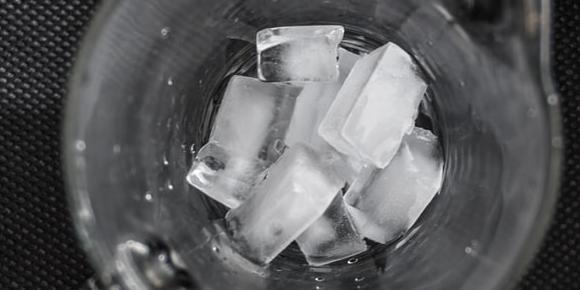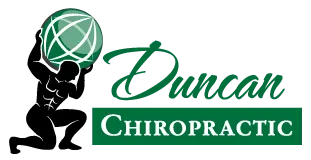
Often times when we get injured and sustain a prolonged and achy pain, someone will recommend putting heat or ice where there is pain. The truth is, neither works for every ailment. Sometimes applying heat is the better direction to take while other times applying an ice pack is better. Knowing when to use which method will greatly assist in your healing process!
When to Apply Heat Therapy
The increased temperature provided by heat improves blood circulation and flow to where you apply it. This is why the general rule for applying heat is you do so when you are experiencing muscle pain or stiffness. The heat soothes the discomfort and promotes healing in the damaged tissue. The time you apply heat to an injury should be in accordance to how severe the injury is. A minor injury should only need 15 to 20 minutes while a more severe injury can range anywhere from 30 minutes to 2 hours.
When using heat, a common misconception is that you want it to be hot while you should really be shooting for a warm temperature instead. There are two types of heat that can be applied to injuries, dry heat and moist heat. Dry heat is the easier of the two to apply and includes heating pads, saunas, and dry heating packs. Moist heat can be more effective, thus require less use, and includes steamed towels, hot baths/showers, and moist heating packs. There are 3 types of heat therapy that are commonly used when treating ailments that require it.
- Local Therapy
Local heat therapy is centralized to a small location and is commonly used to treat issues such as a single sore/stiff muscle. This can be done using a heated gel pack or small hot towel.
- Regional Therapy
Regional heat therapy covers a larger area of the body, such as the lower back or a thigh. This can be done
through heating pads, large steamed towels, or heat wraps.
- Full Body Therapy
Like the name suggests, full body therapy is for the entire body and includes methods such as saunas or a hot
bath/shower.
When to Avoid Heat Therapy
There are times that heat therapy should definitely be avoided. If you are treating an area that’s bruised or swollen, it is best to use cold therapy. You should also avoid applying heat to an open wound. It is also important to avoid heat therapy if you have a condition, such as diabetes or dermatitis, that increases your chance of getting burnt or further complications.
When to Apply Cold Therapy
On the opposite end of heat therapy is cold therapy. Cold therapy works by reducing blood flow which significantly reduces inflammation and swelling. Cryotherapy, another name for cold therapy, also reduces nerve activity which reduces pain. The different ways to apply cryotherapy are ice packs, coolant sprays, ice massages, and ice baths. These are the most common methods as they are easy to do at home. Some of the more uncommon methods, because they require professional help, are cryostretching, cryonetics, and cold therapy chambers.
When applying cold therapy, it is important to remember to never apply frozen items directly to the skin. You should instead wrap the item in a towel, then apply that to the skin. Cryotherapy should only be used for short periods of time but multiple times a day. 10 minutes is generally enough, and you should never exceed 20 minutes.
When Not to Use Cold Therapy
Avoid cold therapy if you have a condition that causes sensory problems that will make it difficult to know if damage is being done. Do not use cold therapy on stiff muscles or joints, or if you have poor circulation.
Heat therapy and cold therapy are good methods of reducing pain at home. There are important rules that you need to keep in mind when doing so though, because otherwise you could end up injuring yourself. If you do not feel comfortable using these methods at home or feel as though you need more guidance in the situation, consider your local chiropractor. Chiropractors are trained professionals whose sole purpose is to help you feel better. You should also talk to a chiropractor if the pain has not subsided after a few days, regardless of you using heat or cold therapy or not.
